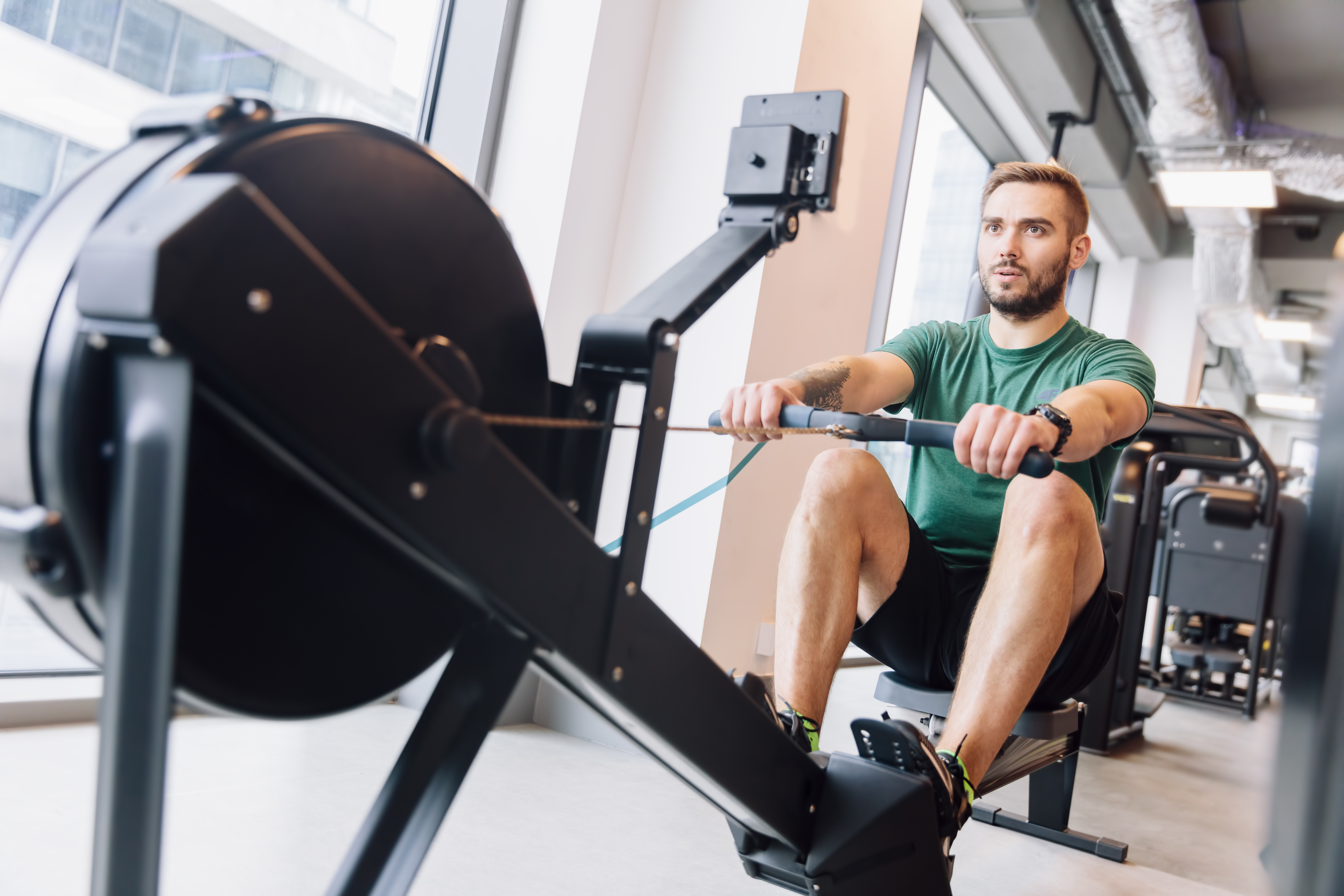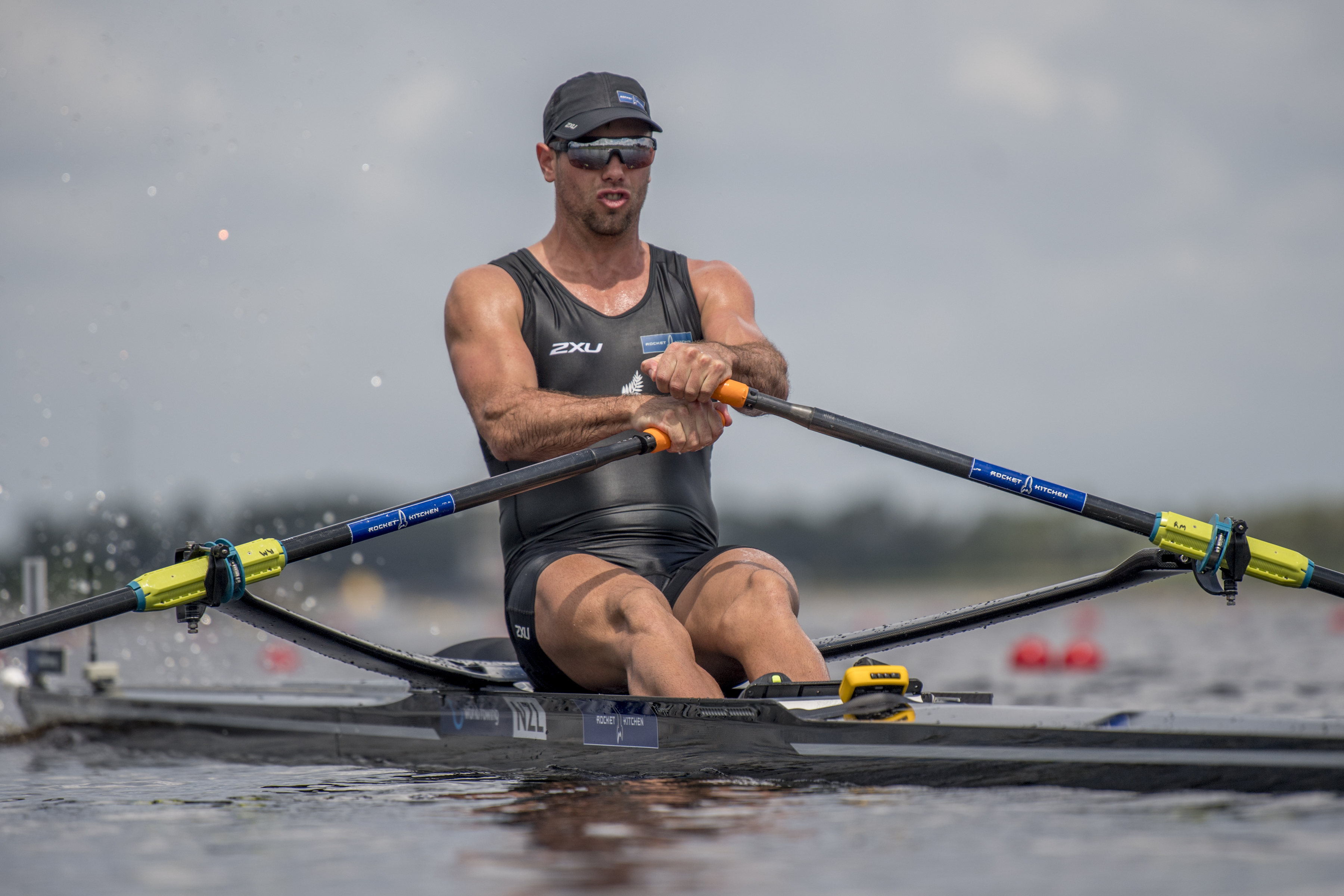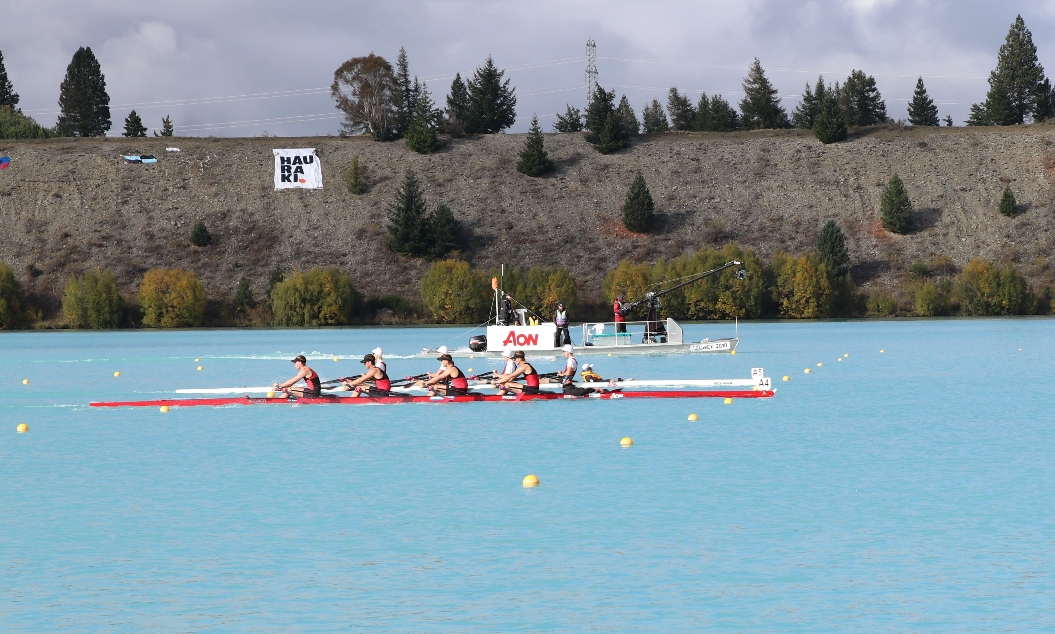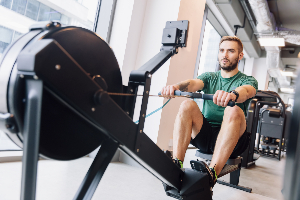- Track your orders
- Save your details for express checkout
Blog
Three Things You Can Improve to Become a Faster Rower
Top Three Things You Can Improve to Become a Faster Rower
Part of what makes rowing intriguing as a sport, is the diversity of skill and ability it requires in order for an athlete to excel. Sure (like all sports) physical talent has a role to play, but for the most part champion rowers are the product of many years of hard work, honing specific abilities that make them the best that they can be. The beauty of rowing is that anyone can improve their ability, as long as they know what they need to do to improve, and are willing to put in the time and effort that it takes. The Concept2 Indoor Rower can do many things to help improve rowing ability, but doing the rowing for you currently isn’t an option! So, instead we take a look at three key attributes of top rowers, and how you can develop them yourself by training on the Concept2 Indoor Rower.
Endurance
It is no great revelation that good rowers require endurance to be fast on race day. The late great Kiwi running coach Arthur Lydiard was renowned for his ‘Miles Make Champions’ approach which revolutionized running in the 1960’s and formed the basis of many successful future coaching philosophies, including some of the world’s best rowing coaches. Much like the middle-distance runners Lydiard was coaching, who raced between 1min 40 secs (800m) and 13min (5km), the 2000m lasts between 5min-8min and calls upon both the body’s anaerobic and aerobic systems. The result is that an athlete can improve his or her race speed considerably by increasing their aerobic capacity, which can be achieved through long, low-medium intensity training. Improvements in endurance don’t happen overnight, but over a sustained, consistent period of training. This makes the Concept2 Indoor Rower a great training option for anyone looking to improve their rowing endurance, as the indoor training environment allows for consistent access to training, without concern for weather or on-water conditions. No matter what your goal- to row competitively, or simply improve your endurance for general fitness- having access to and spending regular time on the Indoor rower will help you achieve the results you are looking for.
 Consistency in time spent on the Indoor Rower, or in the boat is important to developing greater endurance.
Consistency in time spent on the Indoor Rower, or in the boat is important to developing greater endurance.
To improve endurance, aim to spend half an hour on the Indoor Rower to begin with, and gradually increase your duration out first to 45mins, and on to 60mins as you notice your endurance improving.
Technique
Every rower who has ever sat in a rowing boat will remember how awkward it felt to begin with- the wobbly-ness, the effort of trying to coordinate the different movements to keep in time with the crew, and the level of concentration required to simply square and feather the oar. Here at Concept2, we often hear similar feedback from customers just starting out on the indoor rower- that coordinating their bodies to get the most out of the rowing movement was not as easy as accomplished rowers made it look. All of this comes down to one key component of rowing- technique. Like any learned skill, rowing technique is refined over many hours of repetition and practice, and covers a lot of different components that together achieve good, well-rounded technique. The best way an athlete can achieve technical proficiency is through working with a coach, who can provide guidance and an external visual assessment of a rower’s form in order to recommend technical changes. Not all of us are so lucky to have access to a good coach, and many Indoor Rowers and CrossFit athletes are effectively self-taught. By watching successful rowers, and by reading or viewing material on rowing technique; you can learn the basic principles of rowing technique which can contribute to technical development in training.

Click through to our technical resources HERE
Dynamic Speed
While the middle 1000m or more of a 2000m rowing race requires relentless endurance and strength, the first and last quarters of the race are where rowers will reach their top speeds. In the first instance, the initial ten to twenty strokes of a race will be an all-out sprint, as rowers look to get their boats moving and up to speed. In the latter instance, some of the most exciting races have been won in the final sprint- Nathan Cohen and Joseph Sullivan in the double sculls at the London Olympics are one example that comes to mind!
In order to achieve maximum top speed when they need it in a race, rowers must learn to be dynamic. Achieving dynamic speed requires a combination of technique, composure and responsiveness. Just like technique and endurance; the best way to achieve dynamic speed in rowing is to practice. Short intervals of 30 seconds fast and 30 seconds easy are a great way to start practicing dynamic speed, as the distinct changes in effort and pace allow you to practice the rapid coordination and effort required to accelerate quickly and efficiently. Keep an eye on your rating as you change between the two intensities, and try over time to reach between 38-42SPM on the fast pieces. Take note of how many strokes it takes to reach your peak rating and try to adapt your stroke to efficiently achieve these ratings with fewer strokes.
Practicing dynamic speed in a stable environment, including on the Indoor Rower, can be a great way to start learning to move quickly, without fear of upsetting the boat or tipping out. Interval training for dynamic speed is also a great tool for CrossFit athletes, and those who target shorter races where being efficient at high rate is even more important.

Training to be faster isn’t always about training harder. In learning to pay attention to the key attributes of rowing in training, everyone is capable of making progress towards rowing faster on, or off the water!


 Please wait
Please wait